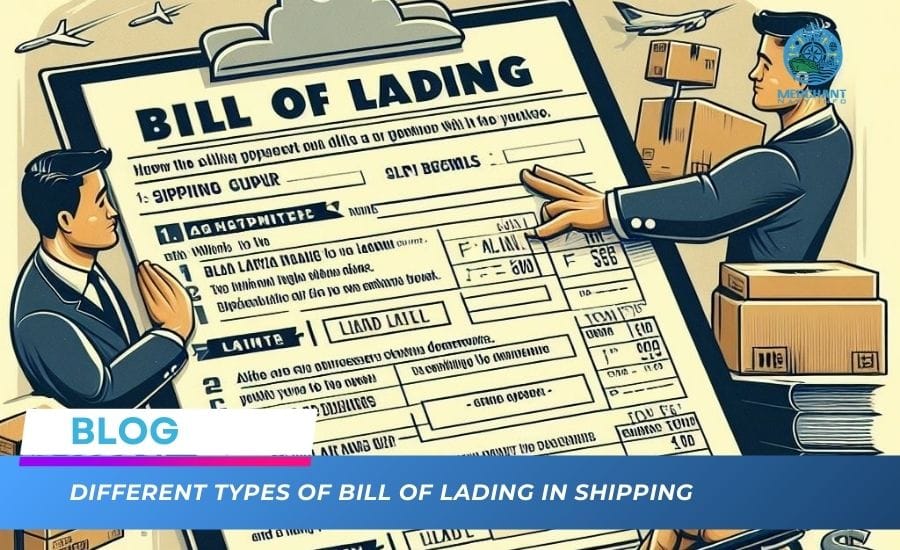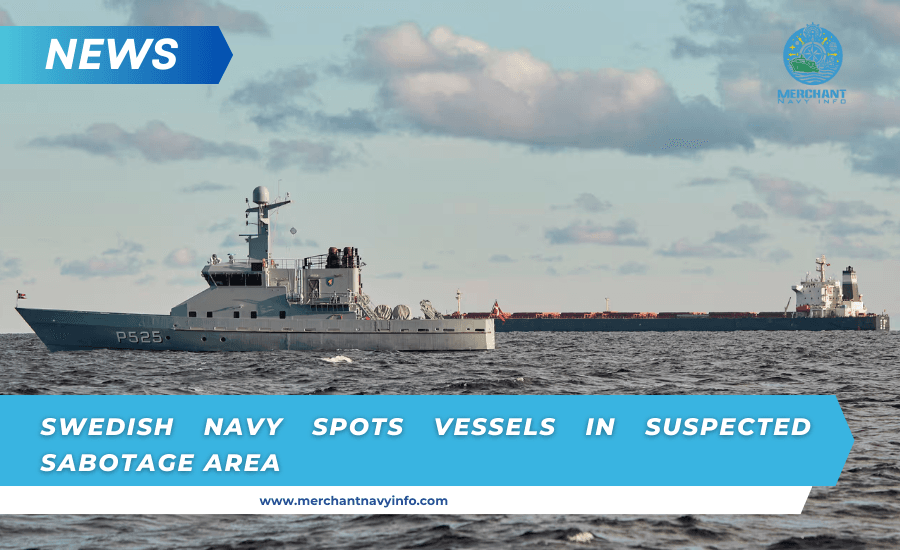
What is dry docking and why do ships dry dock?
If you’ve ever wondered why ships disappear for a while and then reappear looking good as new, this article is for you! In the shipping world, dry docking is a very important process that ships undergo occasionally. But what exactly is it? Why must it be taken out of the water for maintenance? Read on to learn everything you need to know about dry docking – why do ships dry dock? And what happens during the process for the different types available. Let’s set sail and explore together!
What is dry docking?
Ships dry dock when necessary modifications or repairs require taking a ship out of the water. During this time, the ship is taken out of service and placed in a dry dock, simply a large basin or chamber from which the water can be removed.
Once the ship is in dry dock, the hull can be inspected and repaired because the water has been drained. This is crucial because it allows the crew to apply anti-corrosion paint to prevent marine growth from growing on the hull or replace damaged parts without worrying about the waves getting in their way.
Depending on the extent of the maintenance, a dry sump can last from a few days to a few weeks or even months. Size and complexity play a crucial role in docking time.

Why do ships dry-dock?
Ships are amazing vessels that travel thousands of miles across the oceans, and to use a ship for as long as possible, regular maintenance must be performed to extend its life. Dry-docking is taking a ship out of the water for repairs or maintenance, including dry-docking when necessary.
One of the main reasons a ship is dry-docked is for maintenance. Over time, wear and tear can damage various parts of a ship, including the hull, propellers, rudders, and engines. Dry-docking allows the crew to inspect these parts and replace any needed parts during the period.
Another reason ships go into dry dock is to comply with regulatory requirements set by governing bodies such as the International Maritime Organization (IMO). Ships must adhere to strict safety standards before returning to the water after dry dock maintenance.
Dry-docking can also allow a ship to be upgraded or modified. These changes may include expanded cargo space or improved fuel efficiency, ultimately saving operating costs over time.
Ships must undergo regular maintenance, including dry-docking, to continue operating safely and efficiently as they travel across the vast oceans around us.
Types of Dry Docks
There are several types of dry docks, each serving a different purpose depending on the size and type of vessel being maintained. The most common types are:

Drilling
Dry docks have been used for a while to hold graveyards. These tubs have high walls at the rear, left, and right sides. There is a door on the side facing the beach. The craft must maneuver within the narrow confines of the drilling platform and position itself precisely so that its bottom is at the same level as the block below it. The gates are closed, and the dry dock is drained using pumps. When the full weight of the ship rests on the block, workers can enter the area with inspection tools and make the necessary repairs to the hull.
Floating Docks
It is easy to think of floating dry docks as giant platforms. The upper portion of these objects is concave, usually in a “U” shape. This allows them to protect the spherical base of the ship even when there is no water. The floating structures have specialized chambers with valves that can be filled with air or water. When a ship approaches, the operator opens the chamber valves, flooding the floating dry dock. As the ship passes the dock, the dock begins draining the chamber again. The dock is then raised from the sea and the ship is lifted. Due to their design, floating docks are usually not fixed to the shore but can stand independently in the water.

Syncrolift
Ships between 800 and 25,000 tons are usually berthed using synchronous lifts or ship cranes. Unlike traditional floating docks, synchronous lifts do not use the buoyancy of the dock as traditional floating docks do but use cranes mounted on both sides of the platform to lift the ship and its platform to the shore. In contrast to floating docks, fixed docks are usually attached to the shore and moved by electrical and mechanical means (usually cranes) rather than by buoyancy.
Slipway
Smaller vessels can use these paths more easily. Inclined ramps and mobile dollies make it easy to transport the vessel. When the boat is placed in the water and the dolly is parallel to the ground, latches automatically raise it. In addition, sliding walkways make building and deploying new vessels easier. While concrete or asphalt is often used for the slide’s base, metal, wood, or plastic can be used for the dolly and its tracks.
Conclusion
Drydocking is crucial for a vessel’s maximum performance and life. It involves taking the vessel out of the water to inspect its hull, components, and systems and perform any necessary repairs or maintenance. However, not all drydocking is the same when it comes to vessel maintenance.
The process of drydocking a vessel can be intimidating to ship owners and operators, but it is essential to the vessel’s seaworthiness and safety. By performing routine maintenance and inspections during drydocking, ships can reduce the risks to the crew and the environment at sea.










